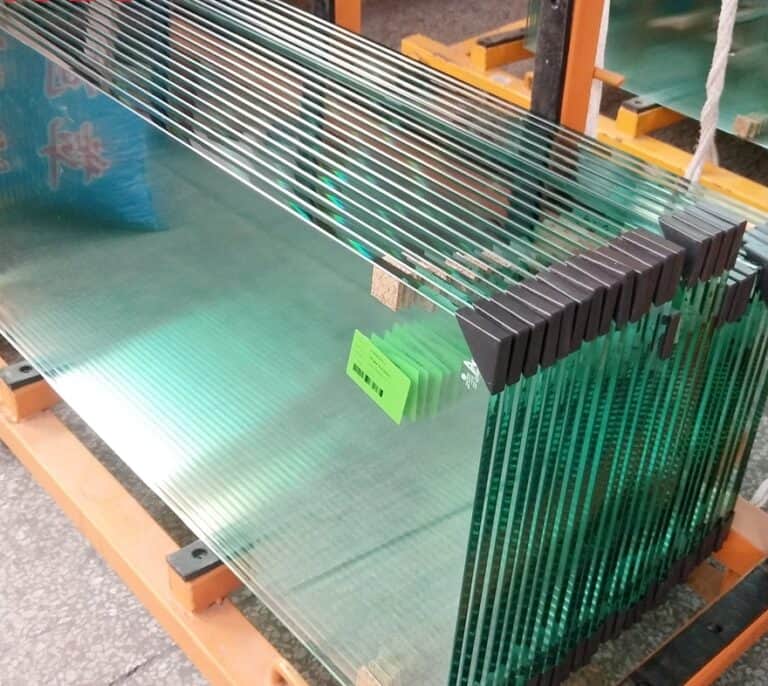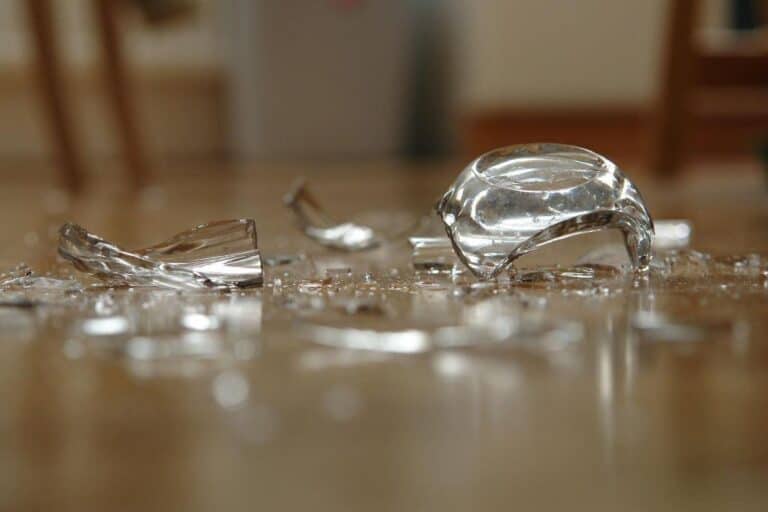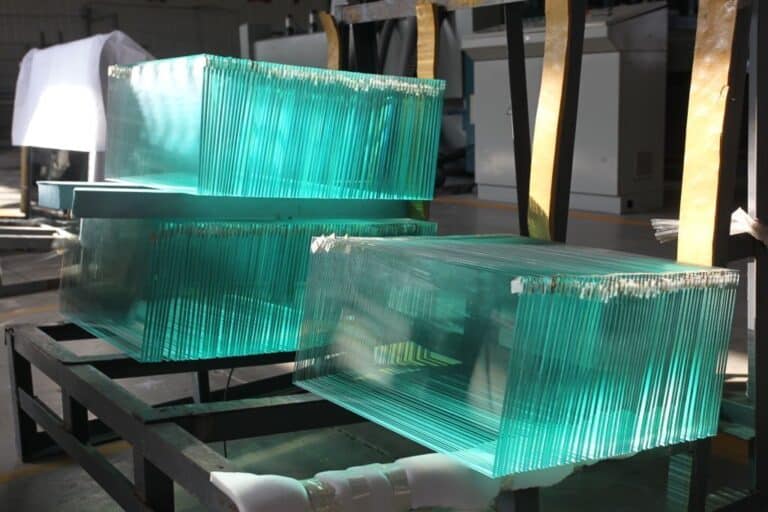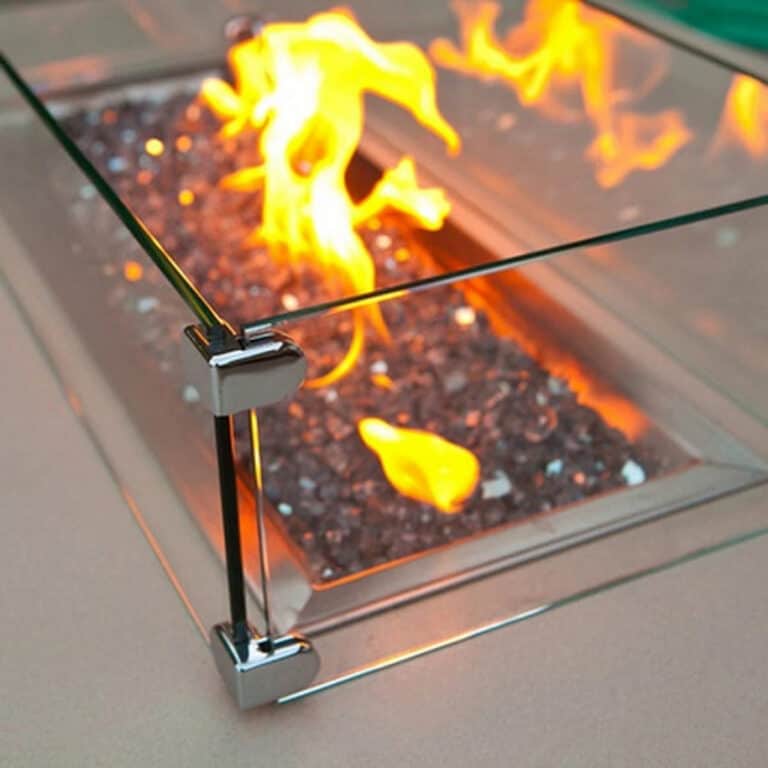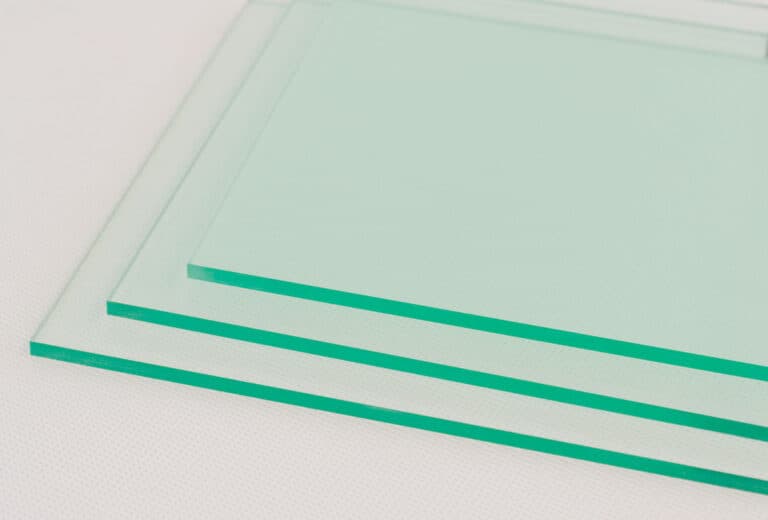What is the Principal Mineral in Making Glass? Glass Production 101
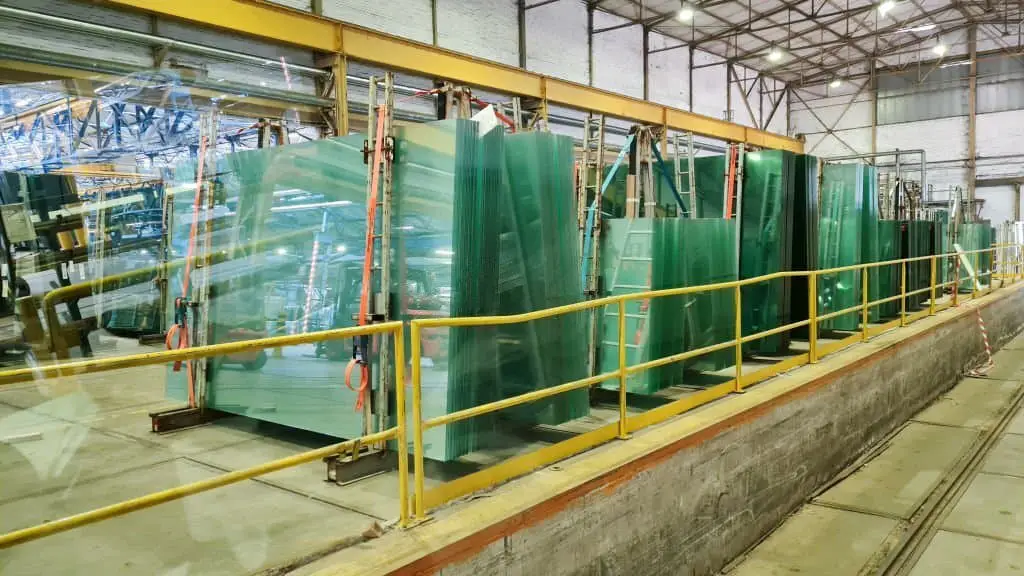
Glass is one of the most versatile and widely used materials in the world, with applications ranging from windows and mirrors to fiber optics and medical devices. But have you ever wondered what makes glass so unique and how it’s made?
In this article, we will explore the principal minerals used to make glass and the fascinating process of glassmaking. From the raw materials to the furnaces and cooling processes, we’ll take a closer look at the science and art of glass production.
So, whether you’re a lover of all things glass or simply curious about the manufacturing process behind this ubiquitous material, read on to discover the principal mineral used to make glass and the basics of glassmaking.
The Basics of Glassmaking
Before we delve into the principal mineral used to make glass, let’s first discuss the basics of glassmaking.
The process of glassmaking is both fascinating and complex. The first step involves gathering the raw materials, which can include silica, soda ash, limestone, dolomite, and other additives depending on the desired properties of the glass. These materials are then carefully measured and mixed together in specific proportions.
Once the mixture is prepared, it is heated in a furnace to a temperature of around 1700-2000 degrees Celsius. This high temperature causes the materials to melt and blend together, forming a liquid that can be molded and shaped.
The process of glassmaking then continues by melting the mixture above until it becomes molten glass. The silica in the mixture is responsible for the glass’s basic structure and is the component that gives the glass its hardness and stability. The soda and lime are added to the mixture to lower the melting point of silica and improve the chemical durability and stability of the glass.
One of the most critical steps in the glassmaking process is the cooling, or annealing, process. After the glass has been shaped, it is cooled slowly to room temperature, which allows it to solidify and become stable. This process is essential to prevent the glass from cracking or breaking due to thermal shock.
Another critical factor in glassmaking is the type of furnace used. There are two main types of furnaces: pot furnaces and tank furnaces. Pot furnaces are small, single-chamber furnaces that are used to produce small quantities of glass, while tank furnaces are large, continuous furnaces that can produce large quantities of glass.
The type of furnace used can affect the quality and properties of the glass produced. For example, tank furnaces are often used to produce flat glass, such as windows and mirrors, while pot furnaces are used for the production of decorative glassware.
Overall, glassmaking is a complex and intricate process that requires careful attention to detail and precise measurements. The use of high-quality raw materials and proper techniques is essential to producing glass of the desired quality and properties.
Silica: The Principal Mineral in Glassmaking
Silica is a fundamental and principal component of glassmaking. This naturally occurring mineral is found in many forms in nature, including sand, quartz, and rocks like granite and sandstone. Silica is a compound made up of silicon and oxygen atoms, with the chemical formula SiO2. It is abundant in nature, and it is estimated that silica makes up about 59% of the Earth’s crust.
The silica used in glassmaking is usually in the form of sand. Sand is a naturally occurring granular material composed of finely divided rock and mineral particles. It is composed of about 80% silica, with the rest being other minerals like feldspar, mica, and iron oxides.
The size of the sand particles used in glassmaking is an essential factor that affects the quality of the glass produced. Smaller particles produce finer glass, while larger particles produce coarser glass.
The purity of the silica used in glassmaking is critical in determining the quality of the glass produced. Impurities in the silica can affect the properties of the glass, such as its strength, durability, and optical clarity. Therefore, high-purity silica is used in the production of high-quality glass.
Apart from its use in glassmaking, silica has many other applications in various industries. It is used in the production of ceramics, electronics, and semiconductors. Silica is also used as a desiccant in food packaging, as a filler in paints and coatings, and as an abrasive in toothpaste and polishing agents.
Other Minerals Used in Glassmaking
While silica is the principal mineral used in glassmaking, other minerals are also important. These include soda (sodium carbonate) and lime (calcium oxide). Soda is added to the mixture to lower the melting point of silica, while lime is added to improve the chemical durability and stability of the glass.
In addition to these minerals, glass can also contain other additives to give it specific properties. For example, lead is sometimes added to make crystal glass, which is highly refractive and has a distinctive sparkle. Cerium oxide is added to glass used in welding goggles to protect the eyes from harmful ultraviolet radiation.
How Much Silica Is Needed to Make Glass?
The answer to this question depends on the type of glass being made, as different types of glass require different amounts of silica.
The most common type of glass is soda-lime glass, which is used for making windows, bottles, and jars. The composition of soda-lime glass is normally 60-75% silica, 12-18% soda, and 5-12% lime. A low percentage of other materials can be added for specific properties, such as coloring. This composition is known as the “glass batch,” and it is melted in a furnace to form molten glass, which can then be shaped into the desired form.
The high percentage of silica in soda-lime glass is necessary to give the glass its hardness and stability. The soda and lime in the glass batch are added to lower the melting point of silica and improve the chemical durability and stability of the glass. The addition of other materials to the glass batch can also affect the properties of the glass. For example, adding lead oxide to the glass batch can increase the glass’s refractive index, giving it a more brilliant shine and sparkle.
Other types of glass require different amounts of silica. For example, borosilicate glass, which is used in laboratory glassware and cooking utensils, contains around 80% silica, 13% boric oxide, and 4% soda. This type of glass has a lower coefficient of thermal expansion, which means that the glass is less likely to break when exposed to sudden changes in temperature.
Another type of glass, known as lead glass, contains around 60% silica, 18% lead oxide, and 12% soda. The addition of lead oxide to the glass batch gives the glass its characteristic brilliance and sparkle, making it popular for use in fine glassware and crystal.
The amount of silica needed to make glass also depends on the size and thickness of the glass being produced. Thicker and larger pieces of glass require more silica in the glass batch to maintain their stability and strength.
Different Types of Glass
There are many different types of glass, each with its own unique properties and uses. Some of the most common types of glass include:
- Soda-lime glass: This is the most common type of glass and is used for everything from windows and mirrors to glassware and light bulbs. Making it involves heating a mixture of silica, soda, and lime to a high temperature until it melts, then allowing it to cool quickly.
- Borosilicate glass: This type of glass is known for its high resistance to thermal shock and is commonly used in laboratory glassware, cookware, and lighting applications.
- Tempered glass: Tempered glass is a type of glass that has been heat-treated to increase its strength and durability. It is commonly used in applications where safety is a concern, such as automobile windshields, shower doors, and glass table tops.
- Crystal glass: This type of glass contains lead and has a high refractive index, which gives it a distinctive sparkle. It is commonly used for fine glassware like wine glasses and decanters.
Conclusion
In conclusion, silica is the principal mineral used in making glass. It is abundant in nature and can be found in various forms, like sand, quartz, and rocks like granite and sandstone. Sand is the most commonly used form of silica in glassmaking, and it is composed of about 80% silica, with the rest being other minerals like feldspar, mica, and iron oxides.
The quality of the glass produced depends on the purity of the silica used, and impurities in the silica can affect the properties of the glass. Silica is a versatile mineral that finds many applications in various industries, and its importance in the production of high-quality glass cannot be overemphasized.


